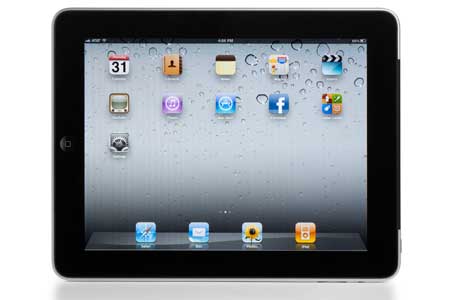Offline Activities with Mobile Devices
By
Shelly Terrell
published

Add us as a preferred source on Google
- Commercial Advertisements– Divide students in small groups to create a short video advertisement. Check out some previous students’ video commercials here.
- Book Trailers– students create a short video highlighting the best points of a favorite book.
- Movie Trailers– students invent the next summer movie blockbuster and create a movie trailer of this movie. Find a lesson plan, handouts, and a rubric in my book, Learning to Go.
- Show N Tell with a Cell– students show pictures they took on their devices to their peers and have a discussion of where they took the picture, what it is about, etc. You can give students topics. For example, if you teach math, you can tell them to bring in an image that represents various geometric shapes. If you teach science, the image can represent a concept such as centrifugal force. Find a lesson plan and digital handouts in my book, Learning to Go.
- Show N Tell Image Story– a follow-up activity is to have students take the images from their group. See some of my previous students’ image stories here.
- Visual Vocabulary– each week the students take photos or record a video representing the concepts and vocabulary for the unit. When they are connected to the Internet they can add to a Padlet or the class virtual learning environment (VLE). If you are working with no Internet connection, then students upload the images to a class laptop when they have time and you can upload it to the class VLE. Check out an example here.
- Emoji Word Problems– Students can work in pairs and transform word problems, quotes, or describe events in emoji form then get other peers to guess the emoji.
- Emoji Writing Prompts– Students can share a set of 5 emojis that their partners must write a short poem or story about.
- How-to Videos– each student creates a video teaching the class in a how-to video. Discover more about this idea in my new book, Hacking Digital Learning Strategies. Each student can demonstrate cooking a favorite meal or snack. Cooking is a great way to teach STEM.
- Field Research– students observe an object, environment, or animal and documents what they have learned. Google Apps and Evernote can be downloaded and used offline. These are great apps to conduct field observations.
- Conducting interviews and reporting the news are learning missions outlined in my new book, Hacking Digital Learning Strategies.
- Play I Spy with my Mobile Device, which is in my book Learning to Go! Students take close-up images representing vocabulary. Their peers try to guess what the image represents.
Challenge: Try one of these activities to get students learning with their mobile devices. Keep these ideas in mind as a backup plan when the Internet runs out.
cross posted at teacherrebootcamp.com
Shelly Terrell is an education consultant, technology trainer, and author. Read more at teacherrebootcamp.com.
Tech & Learning Newsletter
Tools and ideas to transform education. Sign up below.
TOPICS
Shelly Terrell is an education consultant, technology trainer, and author. Read more at teacherrebootcamp.com
